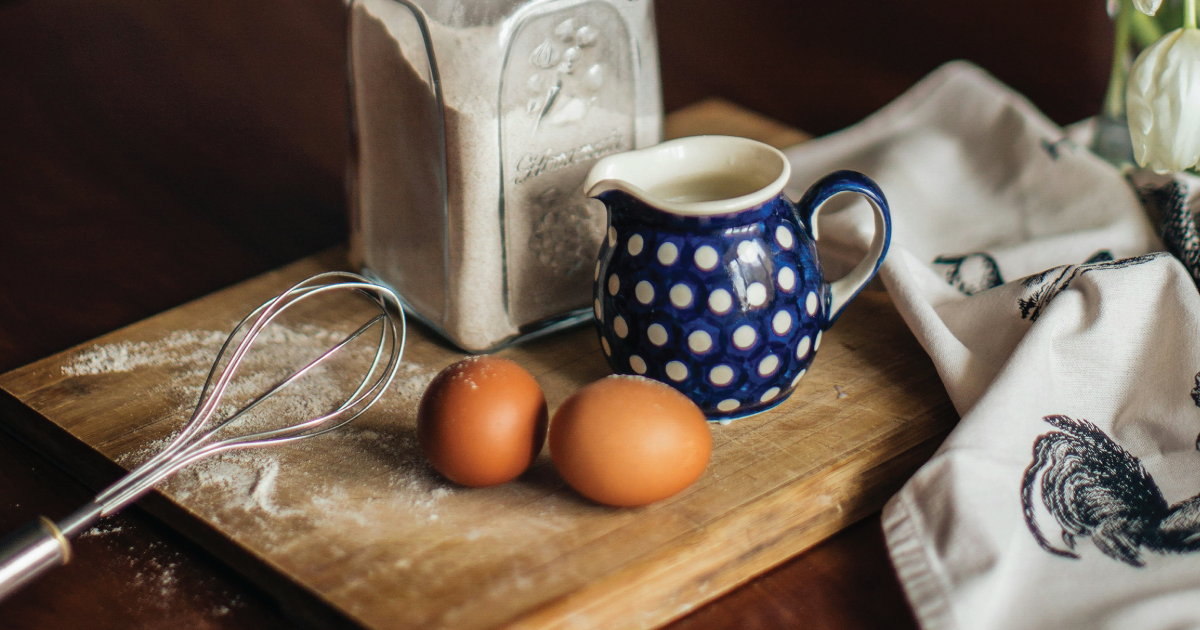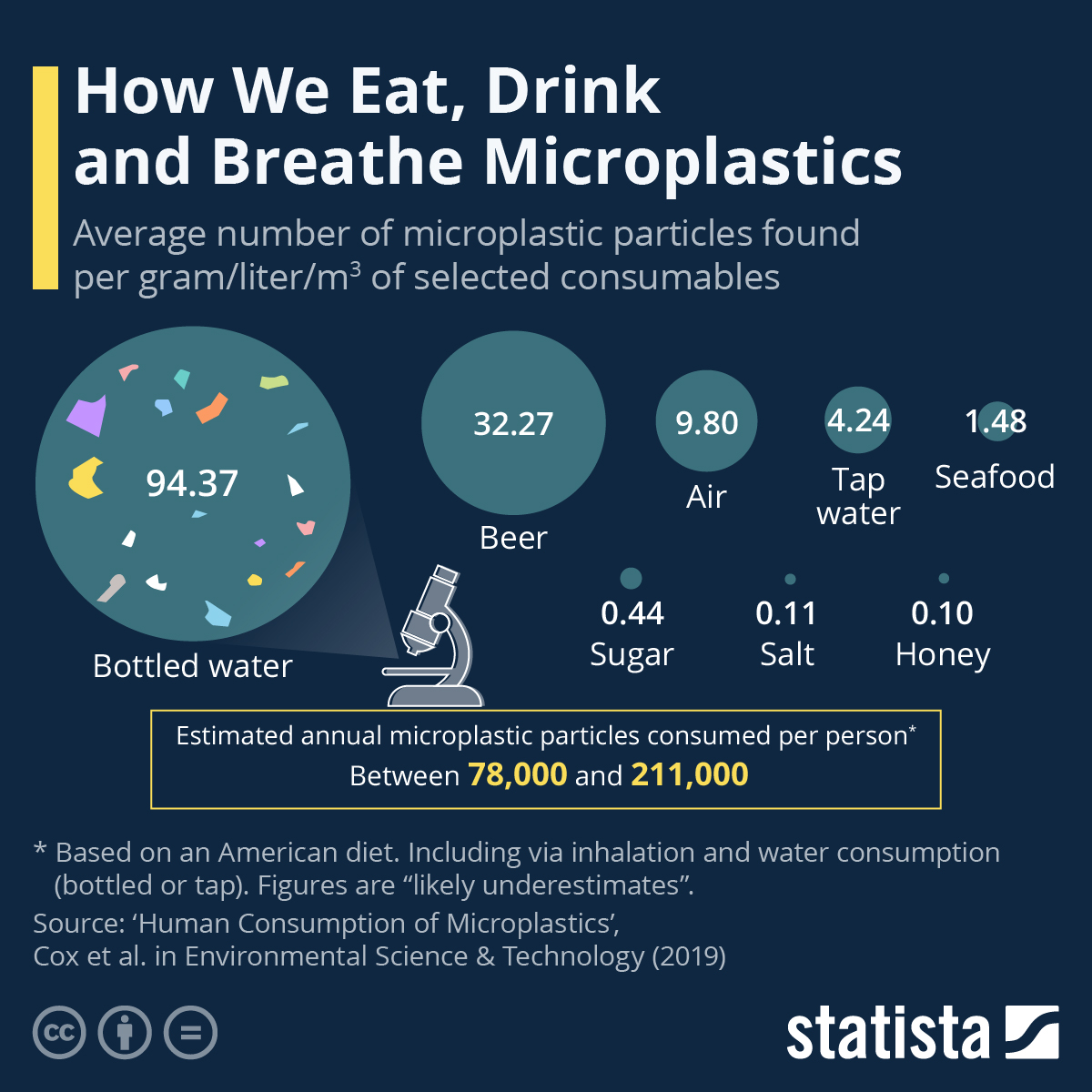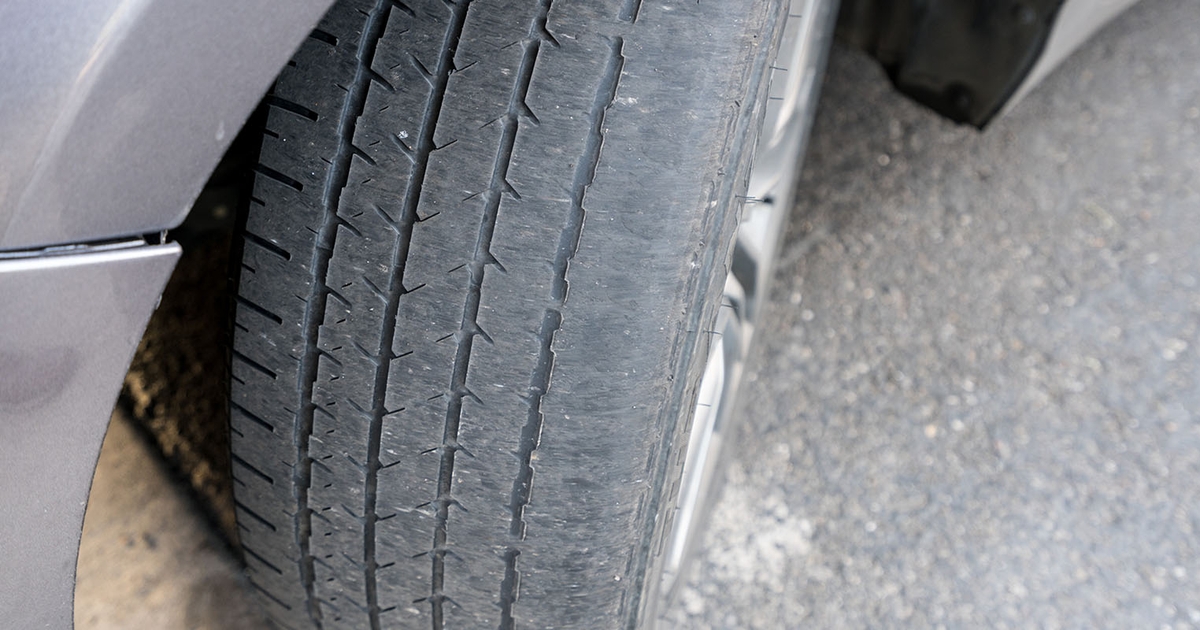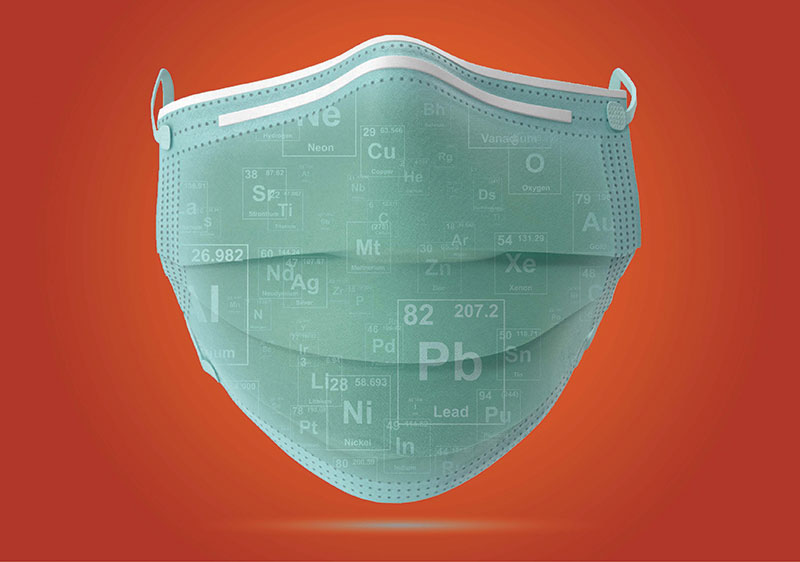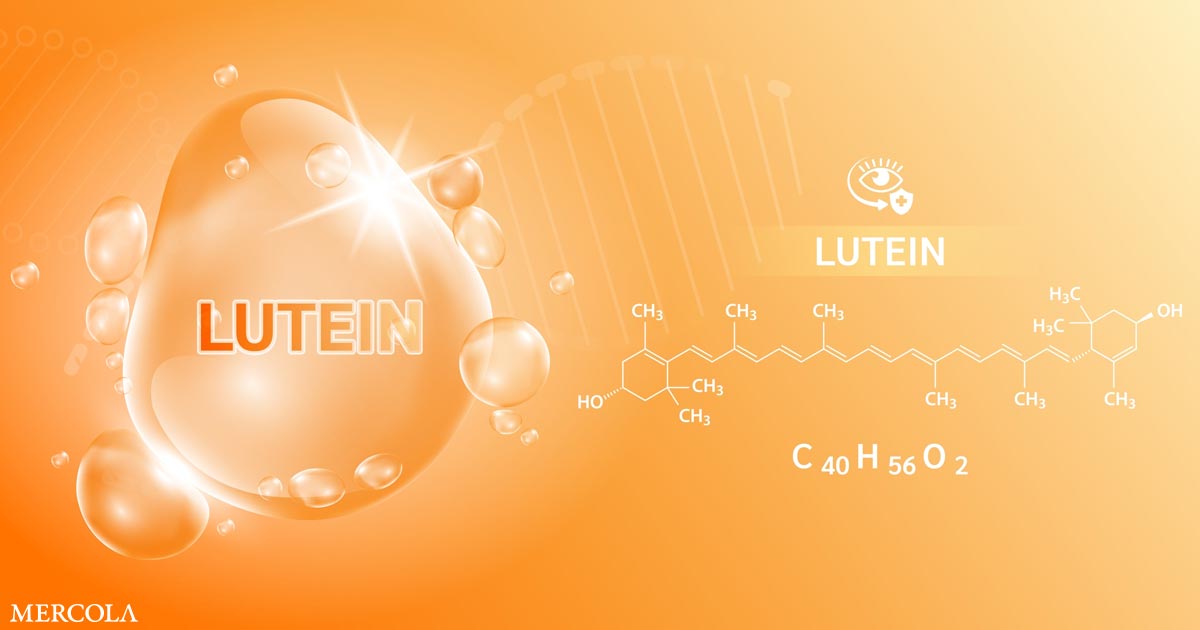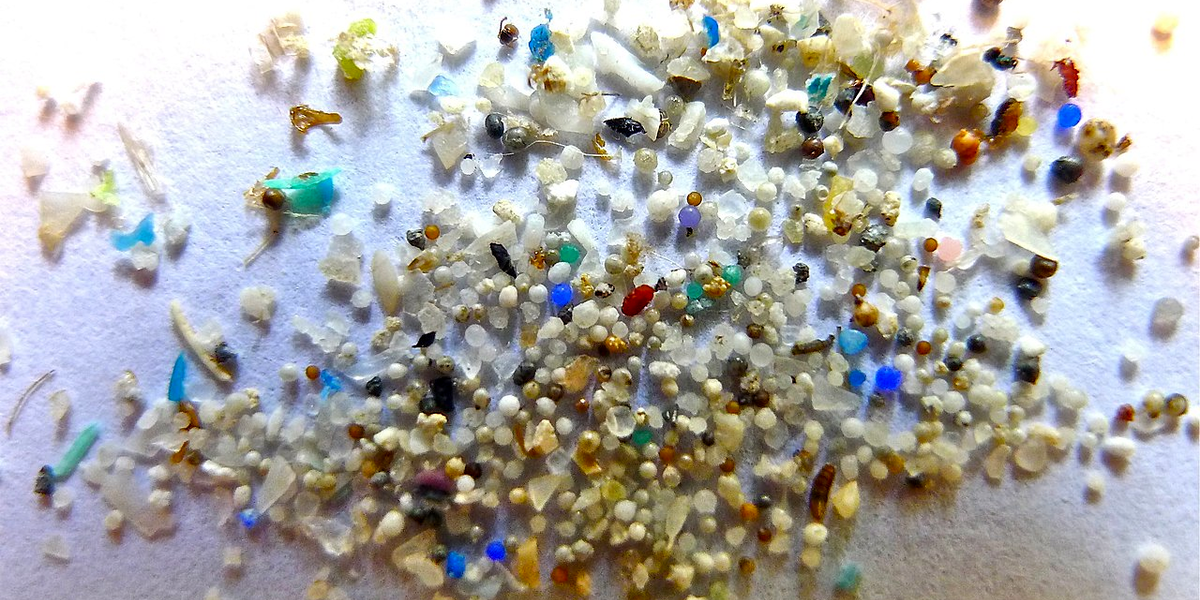This Is How You Can Avoid Microplastics In Your Food
Nowadays, microplastics appear to be everywhere, from the arctic to deep into people’s lungs, which is very concerning. Plastic gradually degrades into microscopic microplastics that humans consume, drink, and breathe in. Inevitably, microplastics find their way into natural food systems and rivers, where they can eventually end up on your plate.
Though it is impossible to totally avoid microplastics, we may make intentional efforts to reduce our exposure to microplastics to a significant extent. Here are some ways to hopefully avoid microplastics:
Avoid Single-use Packaging
Carry your own takeaway containers and reusable silverware. More toxins seep into your meal when heated food comes into touch with plastic to-go containers. The same holds true for your morning coffee poured into a throwaway, plastic-lined cup. Pack your own bamboo utensils or silverware, and put your food in glass or metal containers to prevent microplastics from getting into it.
https://organicconsumers.org/this-is-how-you-can-avoid-microplastics-in-your-food/?utm_medium
#Avoid #Microplastics #Food
